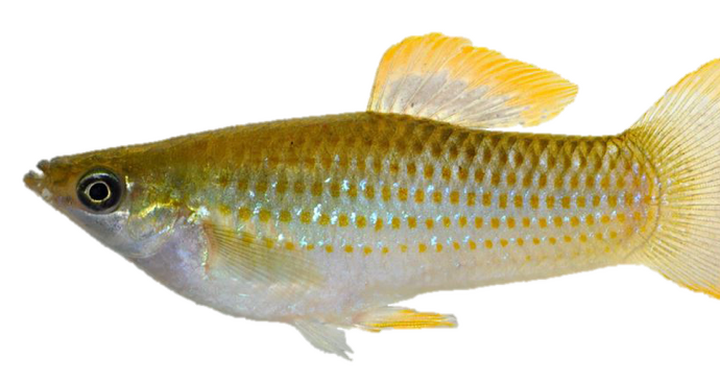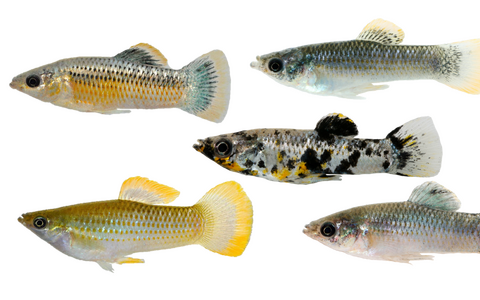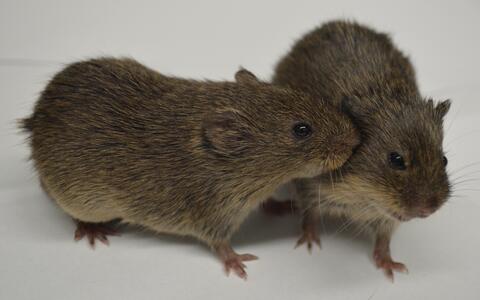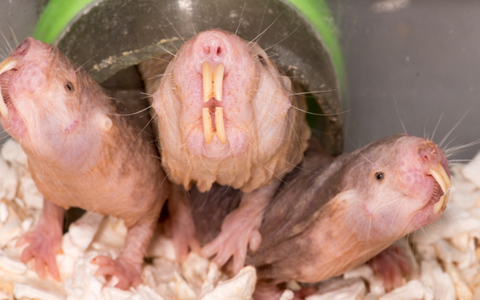Copying tricks from the animal kingdom
Laboratory mice provide invaluable assistance with cancer research, guinea pigs help studies into infectious diseases, and rats are often used in laboratories because they learn in a similar way to humans. These animals, or sometimes just their cells, are crucial for science as they give researchers fundamental insights into bodily functions and diseases. But sometimes, other animals like snakes or voles are used in experiments. Unlike conventional model organisms, these animals are very different to human beings. And that’s what makes them so interesting to science. Some of their special traits could be the key to understanding more about the body and disease. What can we learn from these animals?
Once a year, researchers from across the globe come together to present their work on non-model organisms to the international scientific community. This September, the MDC and the European Molecular Biology Organization (EMBO) hosted a workshop in Berlin called “Beyond the standard: Non-model vertebrates in biomedicine.” The presentations and discussions over this four-day workshop focused on more than 50 different animals. Here we present four of them.
Python bivittatus – A big-hearted snake
A day after a burmese phyton has feasted, its heart will have swollen to twice its original size.
Burmese pythons have what you might call a huge appetite. They can scarf down prey that is just as big as themselves. If we humans ate like that, we’d probably develop heart disease and diabetes. Burmese pythons (Python bivittatus), on the other hand, simply increase the size of their internal organs. A day after this snake has feasted, its heart will have swollen to twice its original size. A team from the University of Colorado Boulder has discovered that three fatty acids in the python’s blood are responsible for this heart enlargement. These fatty acids also prevent fat from accumulating in the heart, which would be detrimental to its function. And they shut down certain signaling pathways that are normally activated in patients with metabolic syndrome. This snake’s heart could therefore be a key to developing a drug for people with cardiovascular problems, whose hearts are often too weak to supply the body with sufficient amounts of blood. Scientists want to use this finding to come up with new preventive and therapeutic approaches. After all, a bigger and more effective heart pumps more oxygen through the body.
Poecilia mexicana – A fish that can swim in toxic waters
Some populations of shorten mollies are not affected by hydrogen sulfide in water.
The shortfin molly (Poecilia mexicana) of Mexico is a smaller relative of the guppy. It can swim in water with concentrations of hydrogen sulfide that would be toxic to humans – and, normally, to fish, too. Researchers at Washington State University are conducting research into why certain concentrations of hydrogen sulfide do not affect some population of these fish. Their findings may be able to help patients with diabetes, high blood pressure, or metabolic diseases. Hydrogen sulfide is found naturally in the body, though in much smaller quantities. It is involved, for example, in blood vessel expansion and the regulation of inflammation. But in order for metabolic processes to run smoothly, the cells must not contain excessive quantities of sulfur dioxide. Specific detoxification mechanisms ensure the cells have the optimal concentration. Apparently, shortfin mollies can upregulate several genes that detoxify cells, allowing them to survive in toxic water. The researchers aim to study the fish so that they can understand the mechanisms responsible for balancing sulfur dioxide concentrations in its cells. This knowledge might enable researchers to develop drugs with a positive effect on metabolic processes.
Microtus ochrogaster – Monogamous voles
Once prairie voles have found their mate they stay together for life.
Why do most people in our society enter into monogamous relationships, when only around nine percent of all mammals adopt such a lifestyle? Scientists who want to learn what is going on in the minds of faithful couples are studying prairie voles (Microtus ochrogaster). Once these small rodents have found their mate they stay together for life. Researchers have long been interested in how hormones influence the relationship between pairs of prairie voles. A central role is played by a knob of nerve cells deep in the forebrain called nucleus accumbens, which is part of the brain’s reward system. Another team from the University of Colorado Boulder is studying this so-called “pleasure center.” But they are not searching for “happy hormones;” instead they are looking at how the neurons fire in a particular area. The researchers peered into the voles’ brains using tiny cameras and discovered a group of neurons that may be decisive in establishing and maintaining a strong bond with one’s mate. The stronger the bond between the mates, the more neurons there were in this ensemble of cells. The researchers believe that these nerve cells trigger the desire to stay with one’s beloved for life. They refer to these neurons as “approach neurons,” because they fire at the moment when a vole approaches its mate. These findings may allow researchers to comprehend the basic structure within the brain responsible for interpersonal relationships. This could advance research into attachment disorders in humans, or explain why some people have a particularly difficult time coping with the loss of a loved one.
Heterocephalus glaber – Eternal youth for naked mole rats?
The naked mole rat may contain within itself the secret for healthy aging and long-lasting youth.
Alchemists sought the formula for immortality for millennia. In 300 A.D. the idea of the philosopher’s stone was first postulated, but we still haven’t found the secret to eternal youth. Rather than alchemical substances, researchers nowadays are interested in a small, hairless mammal: The naked mole rat may contain within itself the secret for healthy aging and long-lasting youth. It is incredibly long-lived for a rodent, and enjoys good health even at an advanced age and flout the age-old adage that older animals have a greater risk of dying than younger individuals. Elderly mole rats are physically fit and sexually active, with a healthy heart, and other important bodily functions work just as well as when they were young. And naked mole rats rarely get cancer. Astonishingly, researchers from Calico Life Science in San Francisco have recently discovered that naked mole rats actually lack precisely those cells that are thought to play such an important role in destroying tumor cells in humans – so-called “natural killer cells.” Instead the Calico team found immune cells that mice, for example, don’t have. These cells indicate a greater reliance on innate, antimicrobial immunity, more in keeping with what you would find in newborn babies. It is not yet known whether – and if so, how – these cells relate to the naked mole rat’s resistance to cancer or even their exceptional longevity.
Researchers at Calico are also interested in the mole rat’s metabolism and if this may reveal mechanisms pertinent to their retarded aging profile. They have determined the blood metabolic profile of naked mole rats and of other mammals in order to compare them. They observed marked differences between the plasma profiles of naked mole rats and those of laboratory mice, such as higher level of lipids and smaller quantities of amino acids in the blood. But they also found some common characteristics. The amino acid profiles are similar to those in fasting hibernating squirrels and to that seen in transgenic mice that are able to live longer following genetic modification. Similarly, mole-rats show upregulated cytoprotective pathways, that when deficient in humans give rise to many of the chronic age-associated diseases. These findings provide a useful signpost for researchers, helping them to formulate the right questions for future experiments: What effect does a higher or lesser concentration of a substance have on the body? Does this contribute to a lengthened life span? And if so, how?








